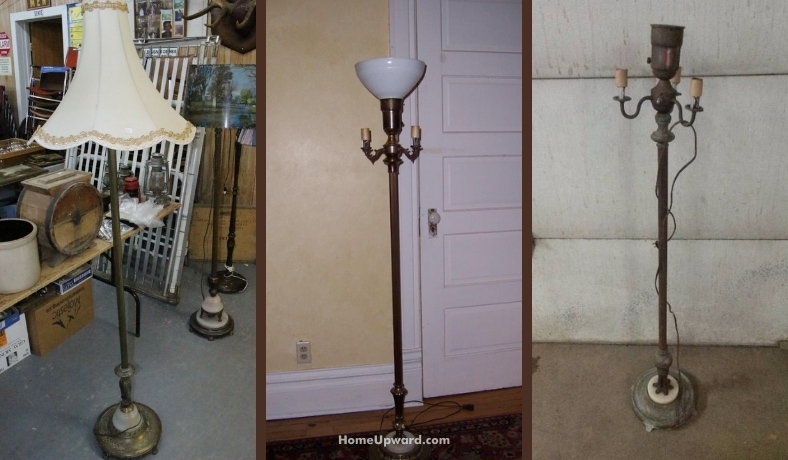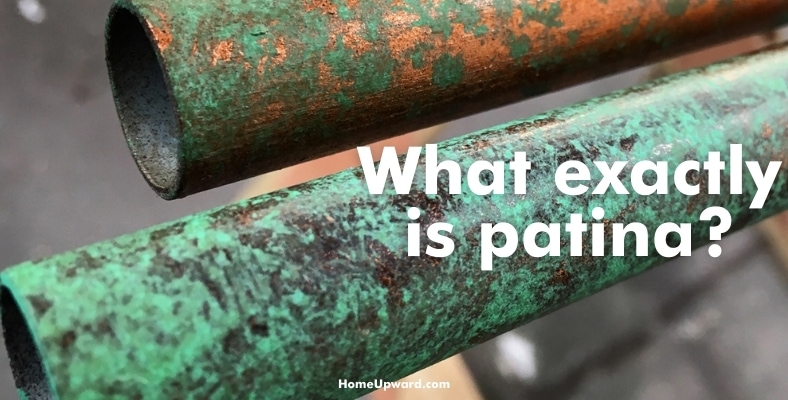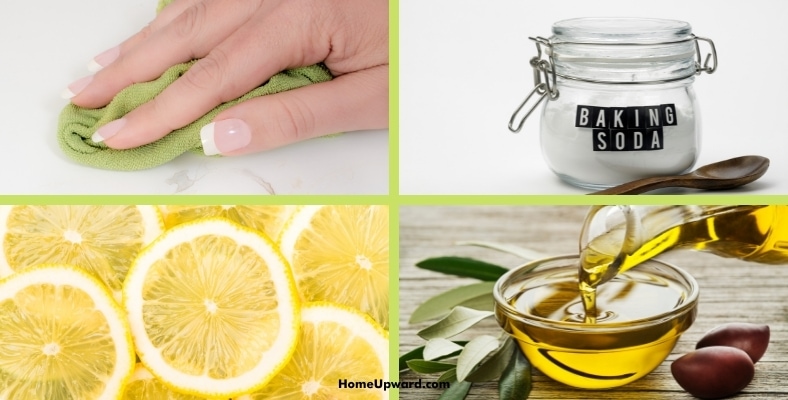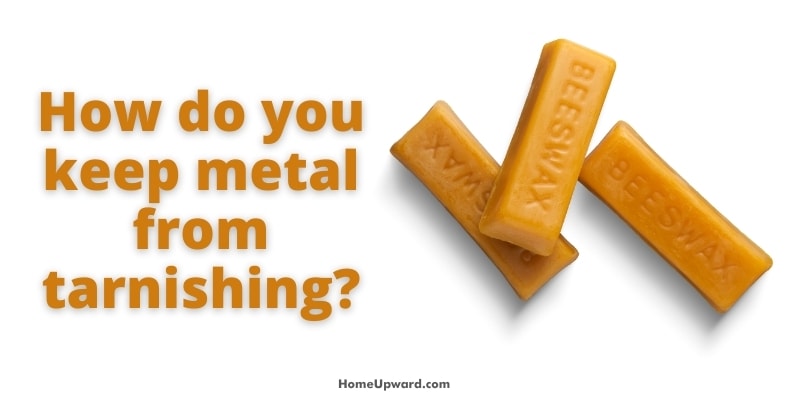Finding patina on an old floor lamp is a pretty common thing to have to deal with. I’ve put together some helpful info to show you how to clean & remove patina from your own floor lamps.
Read on to learn more!
Contents
What exactly is patina?
Patina is a coating that forms on reactive metals such as copper, bronze, and brass. Copper itself is an element and metal, while brass and bronze are metal mixtures that contain copper. When anions (oxygen is an example) contact metals like these, layers of oxide are created, referred to as patina. Copper exposed to moist environments will develop a patina more quickly.
Different metals that may end up with patina will have different kinds of patina because of the metal’s varying composition. You may hear people use the word patina incorrectly. A common misunderstanding is patina is just residue. You may hear people say that wood can have a patina, which is incorrect.
What does patina look like?
On copper, the patina tends to have a bluish or bluish-green color. Brass contains a lot of copper, and it also develops a bluish-green patina. When compared to copper patina, the brass patina has a bit more green. Copper patina, on the other hand, features more blue. Bronze develops a green patina.
If you’ve seen other patina colors on these metals in statues and works of art, these were the result of the application of artificial patinas.
Is patina the same as rust?
Patina is formed in a similar way to rust. However, many people consider the former to be desirable. Rust, on the other hand, is never something to strive for. The way patina forms on copper, bronze, and brass are comparable to how rust forms on iron.
A major difference between patina and rust is that rust is unpleasant to look at. It has a garish orange color that detracts from the look of iron. Also, rust damages and weakens iron. Patina, on the other hand, doesn’t damage the copper.
How to clean lamps with patina
Even though many people consider patina on objects like light fixtures and decorative items a great stylish feature, it’s perfectly fine to want to remove it. There are several ways of cleaning if off of an old floor lamp. By taking the right steps to clean a copper lamp, for example, you can restore the original unique and beautiful natural finish.
You’ll need acidic agents, as the acid reacts with the oxides in the patina to clean brass or other metal. One popular acidic substance is lemon juice, while another is vinegar.
You can mix together white vinegar and baking soda. Add enough vinegar to baking soda so that you end up with a paste-like consistency.
Once the fizzing has subsided a bit, use an old toothbrush to rub the mixture on the metal. When you’re done scrubbing, leave the paste on for about half an hour. After that, rinse it off. Use a soft cloth to meticulously buff the metal.
Here’s another way of removing the patina from your old lamp. You’ll need lemon juice, baking soda, olive oil, and a soft cloth or rag. You should also have a pair of rubber gloves to avoid irritating your hands:
- Start by removing any dust on the surface of the metal. You can do this with a damp cloth. After this, wipe it dry.
- Get a small bowl and add a couple of tablespoons of baking soda. Then slowly add small amounts of lemon juice to the baking soda. Keep mixing until you achieve a paste.
- Put on your gloves and apply the paste to the metal. You can use a cloth or your gloved hands. It’ll also be helpful to have an old toothbrush, so you can clean any nooks and crevices. Polish the metal thoroughly using a soft cloth, and then leave it on for about 30 minutes.
- Use warm water and a cloth to remove the paste. You’ll probably have to use your fingers to get rid of all of it. After that, use another cloth to dry the metal.
- Add a few drops of olive oil to a cloth. Use this to give the metal a final polish.
Should you get rid of patina?
Is your old floor lamp an antique, or do you think it might be considered valuable in the future? If so, you should think extremely carefully before interfering with the patina. You might consider bringing your old floor lamp to an expert for advice. Once you’ve removed the patina, you cannot put it back again.
Patina can give an impression of higher value or a vintage aged item, so designers will often add it to new metal items. That’s fairly common for some unique styles such as steampunk lamps. It’s because patina indicates age, and an older age means an item may be a valuable antique. While adding an imitation patina won’t make the item more valuable, it will create a more unique and upmarket look.
The patina on copper and metals containing copper is considered attractive because of its look. It tends to take on a deeper and richer color as the years pass. Antique experts believe this adds to value. Copper experts praise patina as being this metal’s “living finish.”
If you feel comfortable with potentially interfering with the value of your lamp as an antique or potential antique, you can go ahead and remove the patina if you’d like.
How do you keep metal from tarnishing?
While many people consider patina to be copper tarnish, others only use the word tarnish to refer to an unwanted substance on silver and other metals. You’ll remember we discussed earlier how tarnish on silver forms in a similar way to how patina forms on copper, brass, and bronze. Put simply, it happens as a result of an item being exposed to oxygen over long periods.
If you have a copper item and don’t like the look of its patina, there are ways to prevent a patina from developing. You will need some carnauba wax or beeswax. Use a soft cloth and one of these waxes to coat the surface of the item. Take another soft cloth and buff the piece after this. Once you’ve completed this step, use a clean cloth to put on linseed oil in a couple of thin coats.
Again, buff the item to create a shine. For the final step, apply an appropriate lacquer finish to your copper. You should put on two coats of this, the second one after the first is completely dry.





